Bio-degradable cards
Every card imaginable!
|
Bio-degradable cards Every card imaginable! What Is a Horse Passport and Why You Need OneWelcome to The Card Project UK's guide on horse passports. If you're a horse owner in the UK, you've likely heard about horse passports, and you might even have one tucked away somewhere. But perhaps you're not entirely sure what it's all about, why it's so important, or what the law says. You might be a new horse owner feeling a bit overwhelmed, or an experienced one looking for a refresher. Whatever your situation, you've come to the right place. We understand that navigating equestrian regulations can feel a bit complex at times, and we're here to break it all down for you in a clear, straightforward, and empathetic way. This guide is designed to be your go-to resource for everything you need to know about horse passports. We'll cover what a horse passport is, who needs one, why it's a legal requirement, what crucial information it contains, who is responsible for issuing them, and what can happen if your horse doesn't have one. Our aim is to give you all the information you need, so you can feel confident and secure in knowing your horse is fully compliant with UK law. Table of Contents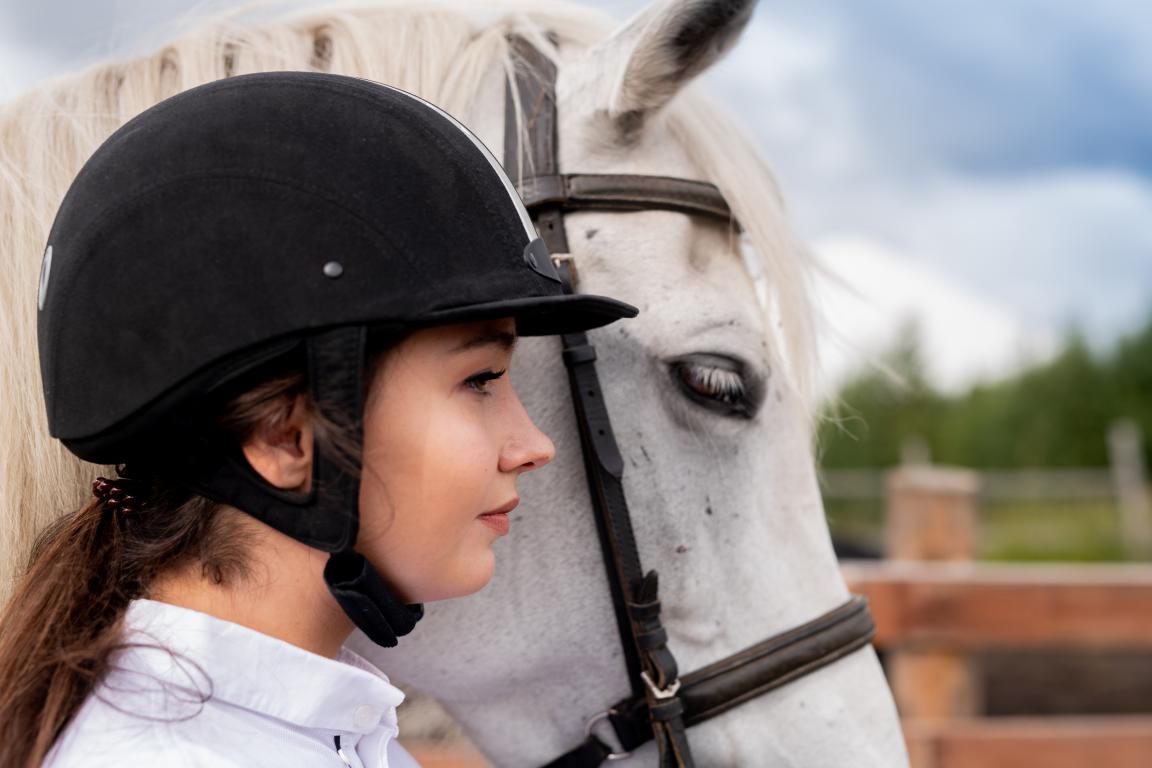
What Exactly Is a Horse Passport?Let's start with the basics. You might think of a passport as something only people have for international travel, but for horses in the UK and across the European Union (EU), it's a very similar concept, just for equines. A horse passport is an official document that acts as your horse's unique identification. It's a bit like their birth certificate, medical record, and ID card all rolled into one, and it's absolutely essential for every single horse, pony, donkey, and related equine living in the UK. It's not just a nice-to-have; it's a legal document that stays with your horse throughout its entire life. This means from the moment they're born until they pass away, that passport should be readily available and kept up to date. The primary purpose of this document is to establish and confirm the identity of the animal, providing a detailed description and a unique identification number. This number is usually linked to a microchip, which is another crucial part of your horse's identity. A horse passport isn't just about identification; it also plays a vital role in food safety. One of the most critical sections within the passport is dedicated to whether your horse is intended for human consumption at the end of its life. This declaration is incredibly important for the food chain, as certain veterinary medications given to horses are not safe for human consumption. By making this declaration, the passport ensures that horses treated with specific drugs do not enter the human food chain. This is a very serious aspect of the passport's role and something every horse owner needs to understand and declare correctly. Beyond identification and food chain declarations, the passport also serves as a record of ownership, vaccinations, and other important veterinary treatments. It can include details of where the horse has lived, any changes of ownership, and even things like details of previous microchips if there have been issues. It's a comprehensive document designed to provide a complete history of the animal. Think of it as a single source of truth for your horse's life. It's really important to distinguish a horse passport from other documents you might have for your horse, like registration papers from a breed society or competition affiliation documents. While those documents are important for showing ancestry or eligibility for events, they do not replace the official horse passport. The horse passport is the only legal document that fulfils the identification and food chain declaration requirements set out by UK law. Understanding what a horse passport is truly foundational to being a responsible horse owner in the UK. It's not just bureaucratic paperwork; it's a tool for animal welfare, public health, and clear identification. Knowing its purpose helps you appreciate why it's such a central part of horse ownership. 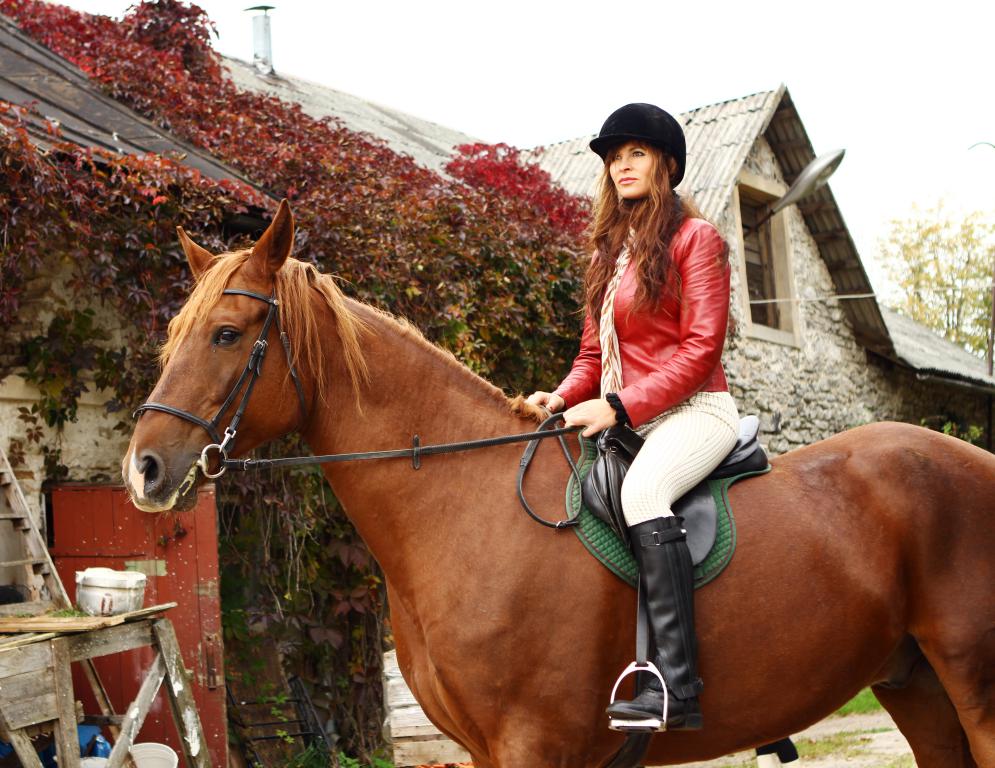
Why Is a Horse Passport a Legal Requirement in the UK?You might wonder why such a document is mandatory. The legal requirement for horse passports in the UK stems from both national legislation and, historically, European Union (EU) regulations that the UK adopted and has since maintained and adapted. The core reasons behind this legal obligation are deeply rooted in animal welfare, public health, and effective disease control. It's all about ensuring the health and safety of both horses and people. Animal Welfare and IdentificationOne of the primary reasons for mandatory horse passports is to improve animal welfare. When a horse has a passport, it has a clear, unique identity. This helps to combat issues like theft and abandonment. If a horse is stolen, the passport provides irrefutable proof of ownership and a detailed description that can aid in its recovery. For abandoned horses, the passport helps authorities trace the owner, ensuring accountability and preventing animals from being left without care. It's a way of ensuring that every horse can be identified and linked to a responsible person. Beyond just identifying the animal, the passport also contains information about the horse's age, breed, and often a detailed physical description, sometimes even including unique markings or scars. This level of detail makes it very difficult for horses to be anonymously moved or sold, adding a layer of protection against exploitation and neglect. It ensures transparency in ownership and dealings with horses. Public Health and Food Chain SafetyPerhaps the most critical reason for the legal requirement is public health, specifically concerning the human food chain. This might sound a bit stark, but it's a fundamental aspect of horse ownership in the UK. The horse passport includes a crucial section where the owner must declare whether the horse is "not intended for human consumption" or "intended for human consumption." The vast majority of horses in the UK are declared as "not intended for human consumption." This declaration is vital because many common veterinary medicines, such as Phenylbutazone (bute), are not safe for humans to ingest. If a horse has been treated with these medicines and is declared as "not intended for human consumption," it means that, should the horse ever enter the food chain, it won't pose a risk to human health. Without this passport declaration, there's no way to reliably track a horse's medical history or its suitability for consumption, creating a significant public health risk. This system ensures that consumers can trust the safety of meat products. It provides a robust control mechanism, making sure that only horses with a fully traceable and clean medical history, free from specific prohibited substances, could ever potentially enter the food chain. This isn't just a UK concern; it's a continent-wide and even global standard in animal health and food safety. Disease ControlThe passport system also plays a crucial role in disease control. In the event of an outbreak of an infectious equine disease, such as Equine Infectious Anaemia (EIA) or Strangles, accurate identification and traceability of horses are paramount. With passports, authorities can quickly identify and track horses, ascertain their movements, and implement necessary quarantine or control measures to prevent the spread of disease. This helps to protect the wider equine population and the equestrian industry as a whole. Without a robust identification system like the horse passport, controlling such outbreaks would be significantly more difficult, leading to greater suffering for animals and potentially severe economic consequences for horse owners and related businesses. It allows for swift action, which is often key to containing an epidemic. Enforcement and TraceabilityThe legal requirement ensures a standardised system of identification across the UK. It means that regardless of where a horse is born or lives, there's a consistent method for identifying it. This simplifies enforcement for authorities and ensures that all owners are aware of their responsibilities. The passport system creates a traceable history for each horse, from birth to death, which is invaluable for regulatory bodies. In essence, the horse passport is a cornerstone of responsible horse ownership in the UK. It's a legal document designed to protect horses, protect people, and ensure the health and integrity of the wider equine community. Understanding these reasons helps clarify why it's not just a bureaucratic hurdle but a fundamental aspect of caring for your horse responsibly. 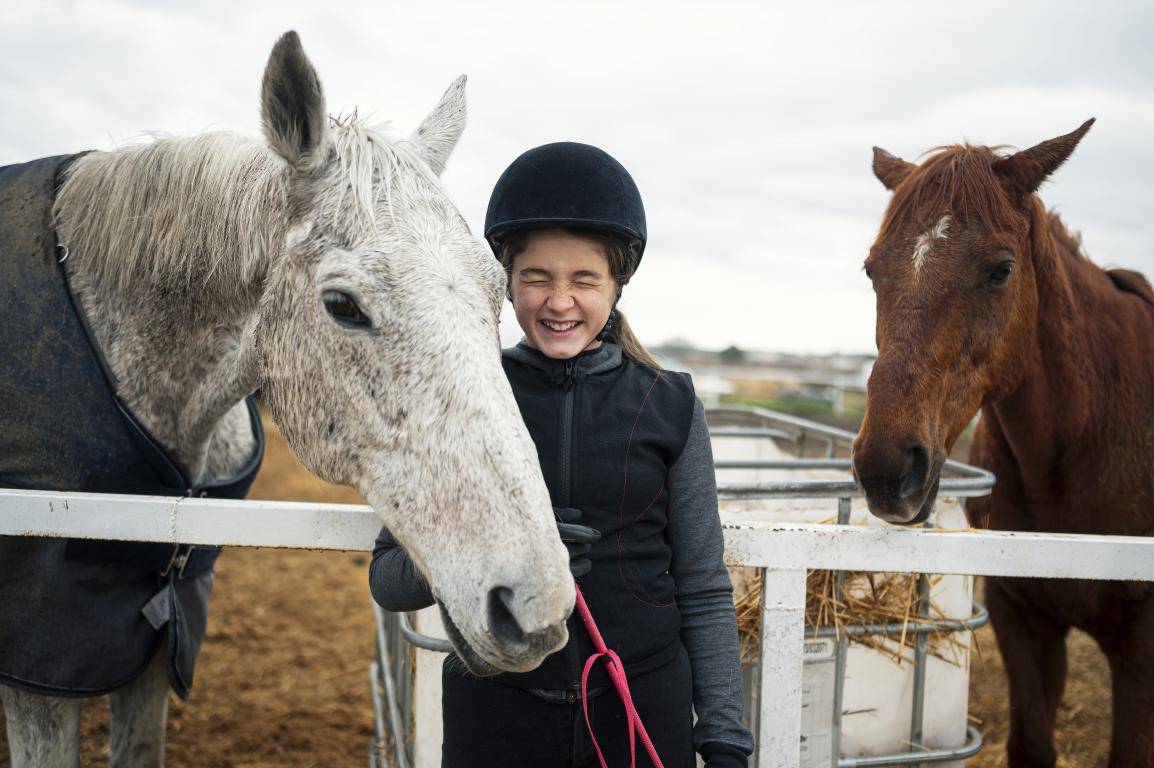
Who Needs a Horse Passport?This is a really important question, and the answer is quite straightforward: every single equine animal in the UK needs a horse passport. There are no exceptions based on age, breed, use, or how often you interact with them. If you own, keep, or are responsible for a horse, pony, donkey, mule, or any other member of the equine family, it must have a valid passport. Let's break this down a bit further to make it absolutely clear. Age Is Not a FactorIt doesn't matter if your equine is a tiny foal just a few weeks old or a venerable old pony enjoying retirement; they all need a passport. Foals must be microchipped and have a passport issued before they reach 12 months of age, or before they leave the holding where they were born, whichever comes first. This early requirement ensures that every equine is identified from a very young age, creating a complete and unbroken record from birth. Breed and Type Don't MatterWhether you have a purebred Shire horse, a hardy Shetland pony, a rescued donkey, a thoroughbred racehorse, or a crossbreed hacking companion, they all fall under the same legal requirement. The rules apply equally to all equines, regardless of their specific breed, size, or perceived value. It's about the animal itself, not its pedigree or status. Purpose or Use Is IrrelevantA horse that's actively competing at national level needs a passport just as much as a horse that lives in a field and is never ridden. A breeding mare, a stallion, a riding school pony, a therapy donkey, or even an equine kept purely as a pet – they all need one. The purpose for which you keep an equine does not exempt it from the passport requirement. The law is universal across all uses. Ownership vs. ResponsibilityEven if you don't legally "own" the horse in the traditional sense, but you are the person responsible for its day-to-day care, you are responsible for ensuring it has a valid passport. This often applies to situations like livery yards, loan agreements, or lease arrangements. While the legal owner is ultimately responsible, the person with day-to-day care of the animal must ensure the passport is present and correctly kept. This means if you loan a horse, you should always ensure the owner provides you with the passport and that you keep it with the horse. Temporary Stays and ImportsIf you bring a horse into the UK from another country, it will likely already have a passport from its country of origin. This passport is generally valid here, but you must register it with a UK Passport Issuing Organisation (PIO) within 30 days of the horse arriving. This ensures its details are recorded within the UK system. If the horse comes from a country where passports aren't standard, you would need to apply for a UK passport as usual. When You Must Have the Passport PresentIt's not enough just to have a passport; you need to know when it must be physically present with the horse. The law states that the passport must accompany the horse:
The passport is essentially your horse's constant companion for any significant movement or event. The only time it doesn't need to be physically with the horse is when the horse is stabled or out at pasture at the primary residence where it's normally kept. Even then, it must be available for inspection within three hours of a request from an enforcement officer. Understanding who needs a passport and when it needs to be present is crucial for staying compliant with the law and for the welfare of your horse. It truly applies to every equine and every owner or keeper in the UK. 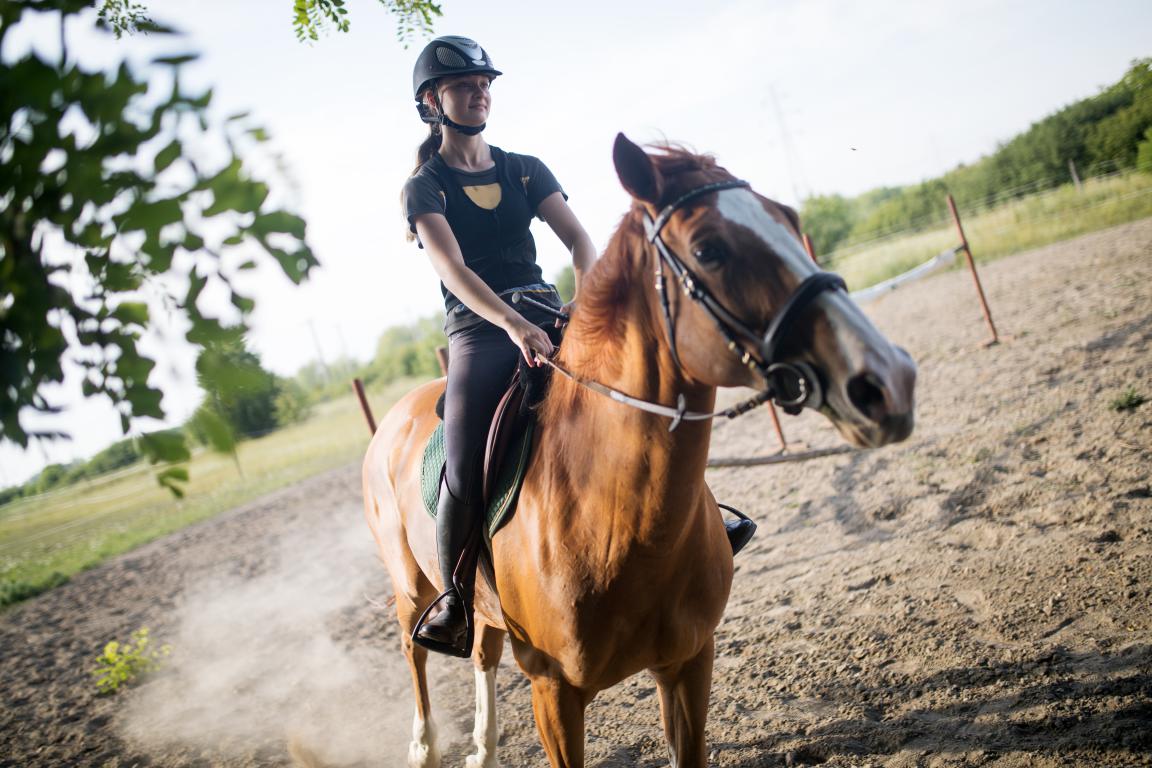
What Information Does a Horse Passport Contain?A horse passport is a surprisingly comprehensive document, packed with vital information about your equine. It's designed to provide a complete picture of the animal, from its physical description to its medical history and status within the food chain. Understanding what's inside helps you appreciate its importance and ensures you know where to find crucial details. While the exact layout might vary slightly between different Passport Issuing Organisations (PIOs), all UK horse passports must contain certain standard sections as mandated by law. Here’s a breakdown of the typical information you’ll find: Section I: Details of the EquineThis is where your horse's basic identity is established.
Section II: Identification of the Equine (Food Chain Status)This is arguably the most critical section for public health and food safety.
Section III: Owner DetailsThis section records who legally owns the horse.
Section IV: Record of VaccinationsThis section details your horse's vaccination history.
Section V: Medical Treatment HistoryThis part of the passport is incredibly important, especially in conjunction with the food chain declaration.
Section VI (and sometimes more): Supplementary InformationDepending on the PIO, there might be additional sections for:
It's clear that a horse passport isn't just a simple ID card; it's a comprehensive document that serves multiple crucial purposes throughout your horse's life. Keeping it updated and safely stored is a fundamental responsibility of every horse owner. 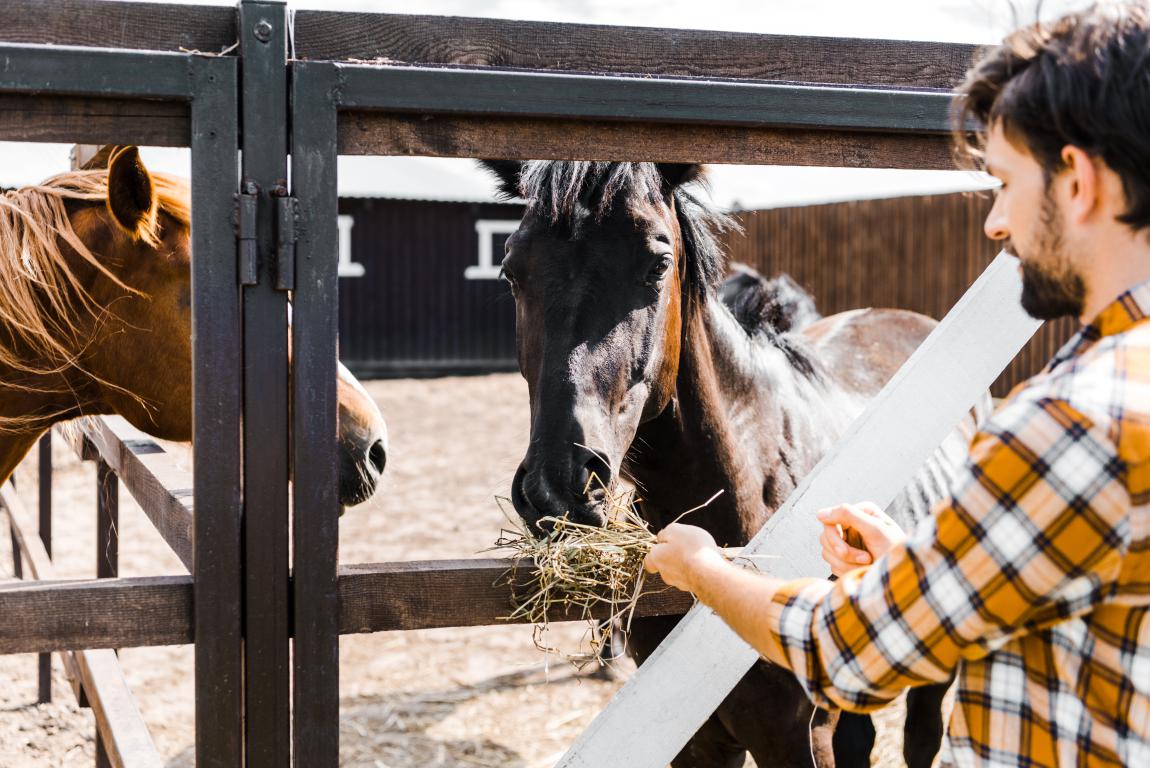
Who Issues Horse Passports?When it comes to getting a horse passport, you can't just apply to any government department. Instead, passports are issued by officially recognised organisations. In the UK, these are known as Passport Issuing Organisations (PIOs). These are generally breed societies, studbooks, or other equine welfare organisations that have been approved by the relevant government authority. It's important to understand that you don't pick just any PIO; usually, the choice is determined by your horse's breed or type. Official Passport Issuing Organisations (PIOs)The UK government maintains a list of approved PIOs. These organisations are responsible for:
How to Choose the Right PIOThe choice of PIO is usually dictated by your horse's breed or type.
The Application ProcessApplying for a horse passport typically involves several steps:
It's crucial to remember that you must ensure your horse is microchipped and has a passport issued within the legally stipulated timeframe – either by 12 months of age or before leaving its birth holding, whichever comes first. Not doing so is a breach of the law. Choosing the right PIO and following the application process correctly ensures your horse is legally identified and that you are compliant with UK regulations. If you're unsure which PIO to use, contact the British Equine Federation (BEF) or a local veterinary practice for guidance. 
What Happens If a Horse Doesn't Have a Passport?Operating without a valid horse passport in the UK isn't just a minor oversight; it's a serious breach of the law with significant consequences for the owner or keeper. The regulations are in place for very important reasons related to animal welfare, public health, and disease control, and enforcement bodies take these rules seriously. If your horse doesn't have a passport, or if the passport isn't correctly maintained or presented when required, you could face a range of penalties and complications. Let's explore what could happen if your horse is found without a passport. Legal Penalties and FinesThe most immediate consequence is the risk of legal action and financial penalties. Local authorities (usually trading standards officers or animal health officials) are empowered to enforce horse passport regulations.
Enforcement Action and SeizureBeyond fines, enforcement officers have powers related to the horse itself.
Difficulty Selling or Moving Your HorseWithout a passport, selling or even moving your horse legally becomes incredibly difficult, if not impossible.
Veterinary Treatment ComplicationsWhile a vet will always treat a horse in an emergency, the lack of a passport can cause significant complications for routine or non-emergency veterinary care, especially concerning medication.
Implications for End-of-Life DecisionsWhen a horse reaches the end of its life, the passport also plays a role.
In summary, the consequences of not having a horse passport range from significant financial penalties to the potential seizure of your horse and severe limitations on its veterinary care. It truly underscores why obtaining and correctly maintaining a horse passport is not just a bureaucratic formality but a fundamental and legally required aspect of responsible horse ownership in the UK. It's there to protect your horse, public health, and you as the owner. 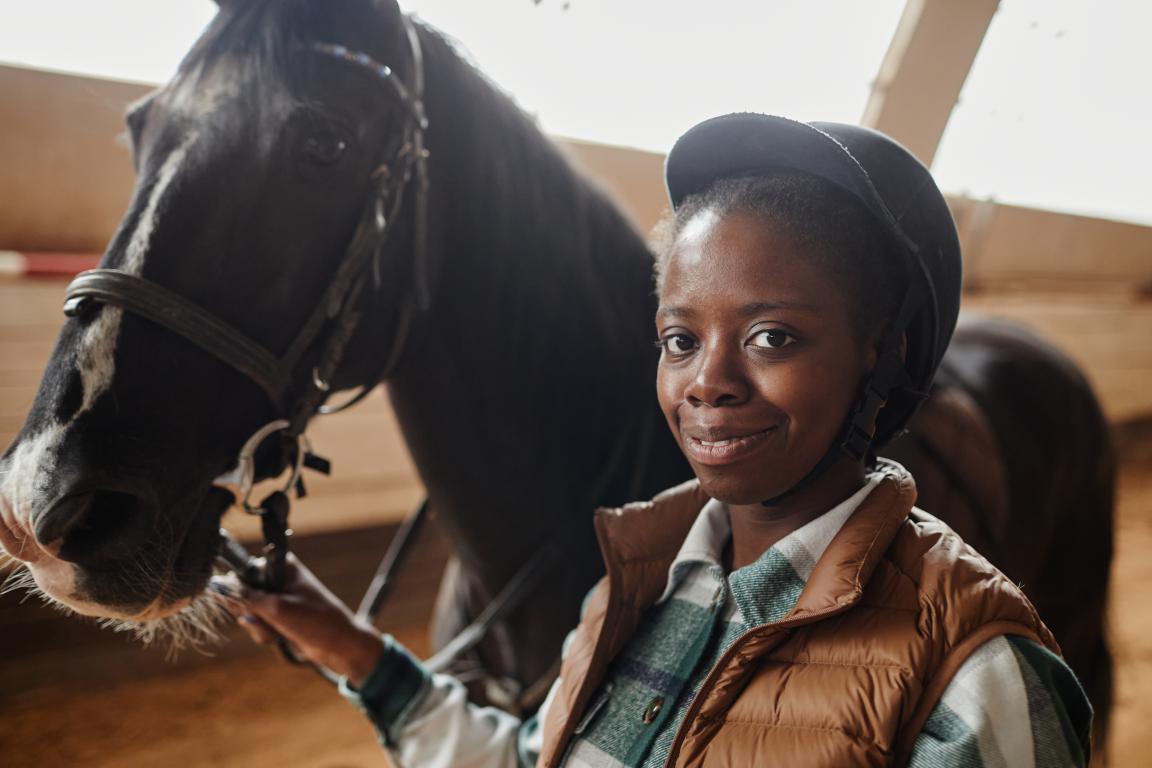
Ensuring Your Horse's Identity Is Always ClearWe understand that keeping track of all the legal requirements for horse ownership can feel like a lot. From microchipping deadlines to ensuring your passport is always up to date and readily available, there's quite a bit to remember. Our hope is that this guide has helped to demystify the basics of "What Is a Horse Passport and Why You Need One," making you feel more confident and informed about this essential document. At The Card Project UK, we're all about making identification clear, accessible, and practical. While a horse passport is the primary legal document for your equine, having an additional, easily accessible form of identification can bring an extra layer of peace of mind. That's why we offer a range of Pet ID cards, including dedicated Horse ID Cards. These cards aren't a legal replacement for a horse passport – nothing is – but they serve as a fantastic, convenient complement. Imagine having a durable, credit-card-sized ID for your horse that you can keep in your wallet, tack box, or lorry. It can carry essential information like your horse's name, microchip number, your contact details, and even a photo. In an emergency, or when someone unfamiliar with your horse needs quick access to key information, these cards can be invaluable. They're a simple way to ensure that your horse's identity and your contact information are always clearly visible and close at hand, helping bridge the gap between the official passport and everyday practical needs. 
Further Resources and Helpful InformationWe hope this guide has provided a clear and comprehensive understanding of horse passports and their importance in the UK. We know that sometimes, after reading through the details, you might want to delve deeper, confirm specific points directly, or seek further guidance tailored to your unique situation. We want you to feel fully supported, so here’s how you can find more information from official and trusted sources. While specific web addresses can sometimes change, the best approach is always to go directly to the primary official sources. These organisations are dedicated to providing the most accurate and current information regarding horse passports and equine welfare in the UK. Where to Find Official Guidance and RegulationsFor the most up-to-date legal requirements, official forms, and detailed guidance, you should always refer to the UK Government's official website (Gov.uk). This site provides comprehensive information for horse owners in England, and you can also find specific guidance for Wales, Scotland, and Northern Ireland through their respective government portals. On these official government sites, you'll find sections dedicated to:
Reputable Equine OrganisationsBeyond government regulations, several highly respected equine organisations offer valuable resources, advice, and support on horse passports and general horse care. They often provide user-friendly summaries of the rules and practical guidance. These include:
© 2024 The Card Project Uk Ltd
VAT: 453 2087 06
|